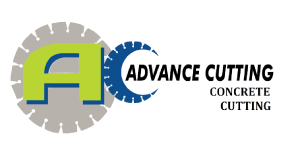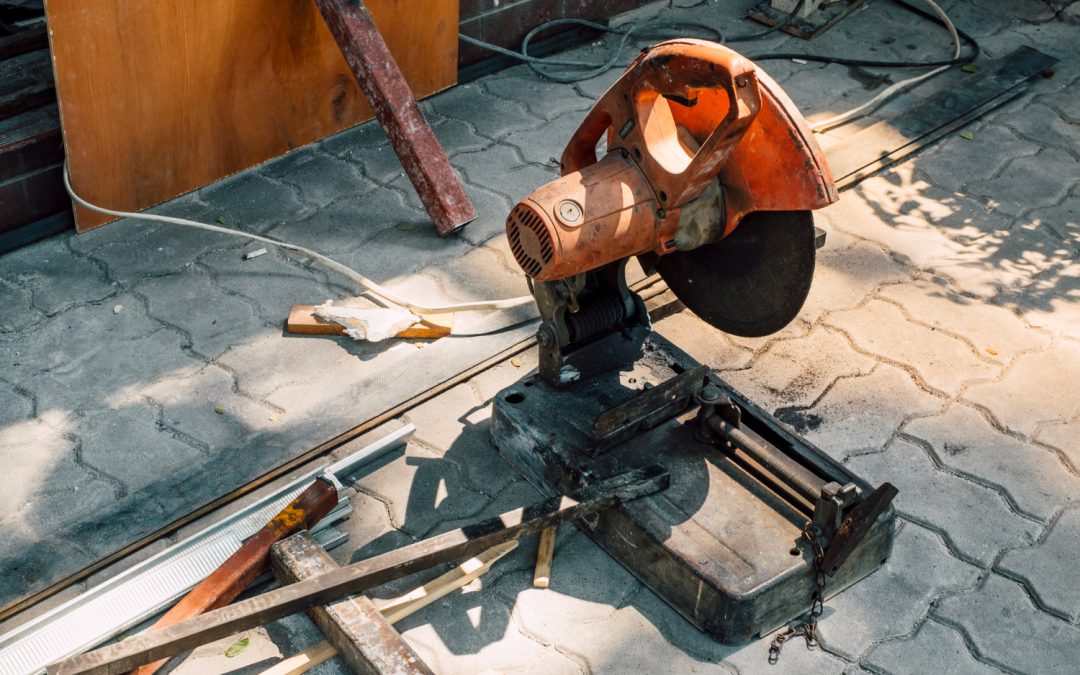Concrete cutting contractors play a pivotal role in the construction and renovation industry, offering their expertise in precision cutting and removal of concrete structures. Their work is not only essential for the successful completion of projects but also crucial for ensuring safety and efficiency on construction sites. In this blog, we will delve into the best practices that concrete cutting contractors should adopt while on the job. These practices encompass a wide range of aspects, from safety protocols and equipment maintenance to environmental considerations and customer satisfaction.
By following these best practices, concrete cutting contractors can enhance their reputation, minimize risks, and deliver exceptional results in a field where precision and expertise are paramount.
Here are some common safety protocols practiced by concrete cutting contractors:
Job Site Preparation
In construction and renovation, the importance of precise and efficient dry concrete cutting cannot be overstated. Concrete cutting contractors play a crucial role in job site preparation, particularly when it involves concrete-related projects. Their expertise is vital for ensuring that concrete structures are properly prepared, modified, or demolished to meet the project’s specifications. This crucial process demands meticulous planning, state-of-the-art equipment, and a deep understanding of the materials involved.
Site inspection and assessment
Concrete cutting contractors perform on-site inspections and assessments to evaluate the condition and requirements of dry concrete cutting projects. During these inspections, they assess factors such as the type and thickness of the concrete, potential hazards, and the need for specialized equipment. Contractors also consider safety measures, project scope, and budgetary constraints. This initial assessment is crucial for planning and executing precise and efficient dry concrete cutting, ensuring the successful completion of the project while minimizing risks and costs.
Securing the work area
Concrete cutting contractors focus on securing the work area to ensure safety and efficiency during cutting operations. This involves implementing measures such as barricading the area to prevent unauthorized access, setting up warning signs and barriers to alert people to the ongoing work, and using safety equipment like personal protective gear and ventilation systems to mitigate potential hazards like dust and fumes. Properly securing the work area is essential to prevent accidents and maintain a controlled environment for dry concrete cutting projects.
Selecting the Right Equipment
Concrete cutting contractors must make informed decisions when selecting the right equipment for their projects. Choosing the appropriate machinery, such as diamond saws, wall saws, or core drills, depends on the specific cutting requirements, including depth, precision, and access constraints. Contractors should consider factors like power source (electric, hydraulic, or pneumatic), blade quality, and the environmental impact of the equipment. Moreover, maintenance and operator training are essential to ensure safe and efficient operation. By carefully assessing their project needs and equipment options, contractors can enhance productivity, reduce downtime, and achieve superior results while minimizing their environmental footprint.
Reinforcement Considerations
Concrete cutting contractors need to take reinforcement considerations into account when planning their projects. Reinforcements, such as steel rebar or wire mesh, can significantly impact the cutting process, making it essential to identify their presence and layout accurately. Contractors should use appropriate equipment and techniques designed for cutting through reinforced concrete, ensuring worker safety and minimizing damage to the cutting tools. Additionally, understanding the reinforcement pattern helps prevent delays, unexpected complications, and ensures the project progresses smoothly, delivering the desired results efficiently and without compromising structural integrity.
Utility locating and marking
Concrete cutting contractors are responsible for utility locating and marking as a critical part of their project preparation. They ensure the safety and effectiveness of concrete cutting by identifying and marking the locations of underground utilities such as electrical lines, gas pipes, water mains, and telecommunications cables. This process helps prevent accidents, service disruptions, and costly damage during cutting operations. Accurate utility locating and marking is essential for project planning, ensuring that the dry concrete cutting work can be carried out safely and without adverse impacts on infrastructure and services.
Noise Control
Concrete cutting contractors must prioritize noise control to minimize the disruptive impact of their operations on the surrounding environment and communities. Implementing strategies such as using quieter equipment, establishing noise barriers, and scheduling cutting activities during less sensitive hours can significantly reduce noise pollution. Additionally, regular maintenance and proper tuning of cutting tools and equipment contribute to quieter operation. By addressing noise control effectively, contractors can maintain positive relationships with neighbors, adhere to local noise regulations, and create a safer and more comfortable work environment for their team.
Proper Waste Disposal
Concrete cutting contractors must have a robust waste disposal strategy in place to manage the debris generated during cutting operations responsibly. This involves collecting and segregating waste materials, such as concrete slurry and cutoffs, and ensuring proper disposal or recycling in accordance with local regulations and environmental standards. Implementing efficient waste management practices not only helps minimize the environmental impact but also reduces landfill contributions and resource wastage. It is essential for contractors to prioritize waste disposal to maintain a clean and sustainable work environment while adhering to legal requirements.
Environmental Considerations
Concrete cutting contractors prioritize environmental considerations to minimize their ecological impact during projects. They implement strategies like dust control and containment to reduce airborne particulate matter and pollutants. Contractors also manage water runoff to prevent contamination and adhere to regulations related to waste disposal and recycling of concrete debris. Additionally, they may use electric or low-emission equipment to reduce air pollution. By addressing these environmental concerns, concrete cutting contractors aim to ensure sustainable practices and comply with environmental regulations while carrying out their projects responsibly.
Compliance with Environmental Regulations
Concrete cutting contractors must prioritize compliance with environmental regulations to minimize their impact on the environment. This entails adhering to laws governing emissions, concrete cutting slurry control, dust control, and waste disposal, ensuring that operations do not harm air and water quality or disturb local ecosystems. Contractors should stay updated on local, state, and federal environmental regulations, secure the necessary permits, and implement best practices in emissions reduction, waste management, and noise control. By maintaining a strong commitment to environmental compliance, concrete cutting contractors can operate responsibly, avoid legal issues, and contribute to the preservation of natural resources and ecosystems.
Sustainable Practices in Concrete Cutting
Concrete cutting contractors can embrace sustainable practices by implementing eco-friendly equipment, like electric or hybrid machines, to reduce emissions and energy use. Dust control measures, such as wet cutting and dust extraction systems, improve air quality and worker health. Recycling and waste reduction should be prioritized to minimize landfill waste, and noise mitigation strategies can reduce noise pollution in surrounding areas. Exploring alternative materials, investing in employee training, and adhering to green building standards contribute to more sustainable dry concrete cutting operations. Lastly, monitoring and optimizing energy consumption can reduce carbon emissions and operating costs, making sustainability a key focus for contractors in the industry.
Sculpting Safety, Precision, and Excellence in Concrete Cutting Together
In conclusion, as we navigate the intricate world of concrete cutting, it’s imperative that we adhere to the highest standards of safety, precision, and efficiency. At Advance Cutting, we take immense pride in our commitment to these best practices, and we extend our gratitude to all our partners and colleagues who share in this dedication. Together, we are not just cutting concrete; we are sculpting a safer, more sustainable future for our industry. Thank you for your attention today, and let us continue to advance in the pursuit of excellence.
Get a quote for our core drilling services by filling out the form below:


Recent Comments